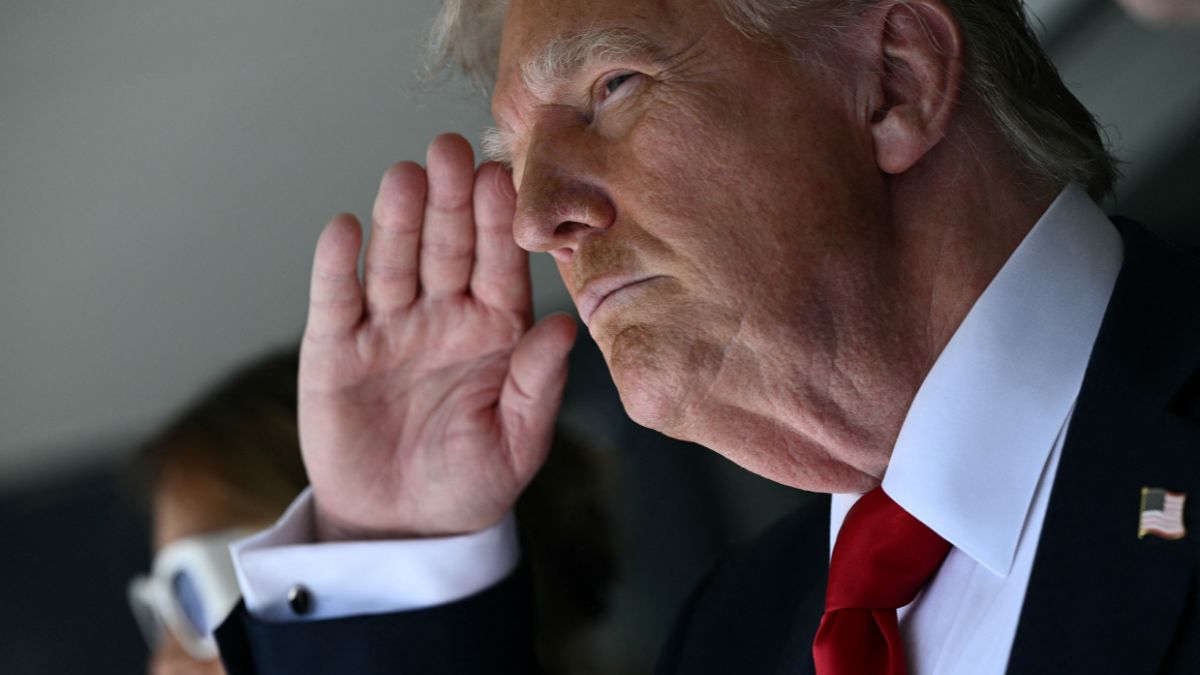US President Donald Trump had been diagnosed with chronic venous insufficiency, the White House announced on Thursday amid speculations over his health . The condition occurs when veins have trouble moving blood back to the heart.
The news was confirmed by White House Press Secretary Karoline Leavitt as she addressed questions regarding the swelling in Trump’s legs and bruising on his hands in recent weeks. In a memo shared by the White House, Dr Sean P. Barbabella, the physician to the president, noted that the 79-year-old noticed mild swelling in his lower legs and underwent a comprehensive evaluation.
He added that the president’s condition was “benign” and common in people over 70. It is pertinent to note that the risk of chronic venous insufficiency is estimated to affect 10 to 35 per cent of the US adults, and it increases with age.
The condition often occurs in the legs and can cause swelling, as the president experienced. Some of the other symptoms include varicose veins, pain, discomfort and, in rare cases, venous ulcers, sores that take unusually long to heal.
About chronic venous insufficiency
In Trump’s diagnosis, the White House physician made it clear that there were no signs of heart failure. “Importantly, there was no evidence of deep vein thrombosis (DVT) or arterial disease”, and Trump’s lab testing was all “within normal limits,” according to the letter. “Trump also underwent an echocardiogram. No signs of heart failure, renal impairment, or systemic illness were identified,” Barbabella wrote.
According to CNN, about 150,000 people are diagnosed with the condition each year. “It’s basically not alarming information, and it’s not surprising,” Dr. Jeremy Faust, an assistant professor of emergency medicine at Harvard Medical School, told CNN.
“This is a pretty normal part of ageing, and especially for someone in the overweight to obese category, which is where the president has always been. But the bigger concern … is that symptoms like this do need to be evaluated for more serious conditions, and that is what happened,” he added.
Impact Shorts
More ShortsChronic venous insufficiency can also be related to conditions like increased pressure from the heart or sleep apnea. “Even though he’s diagnosed with a benign condition, venous insufficiency, by itself, doesn’t necessarily mean it’s benign. The question is, what’s causing the venous insufficiency? And so I would want to know whether or not he has any evidence of, again, increased pressures in the heart or increased pressures in the lungs, which can be contributing to that, and if so, what is the primary cause of that?” cardiologist Dr. Bernard Ashby told CNN.
During the press briefing, Leavitt added that the president was experiencing “no discomfort”. The press secretary emphasised that the bruising that appeared on the back of the president’s hand was due to “frequent handshaking,” plus his use of aspirin.
“This is consistent with minor soft tissue irritation from frequent handshaking and the use of aspirin, which is taken as part of a standard cardiovascular prevention regimen,” Barbabella’s letter says. The letter went on to conclude that the American leader remains in “excellent health”. Interestingly, during his second term in office, Trump will become America’s oldest sitting president.


)

)
)
)
)
)
)
)
)



